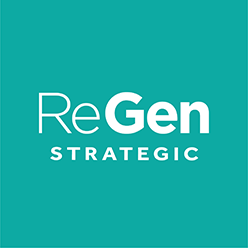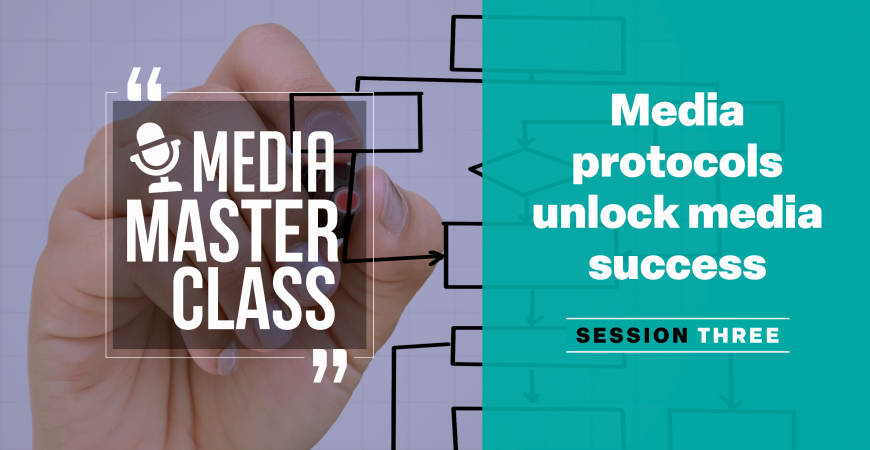For many organisations, engaging with the media can have many positive outcomes, from raising the organisation’s profile to influencing public perception of an issue important to your company or sector.
But to get to the point of achieving those outcomes, a lot of work needs to be done behind the scenes first.
One area that tends to get overlooked is a solid understanding of how an organisation is going to engage with the media i.e. a media protocol.
Why is media protocol necessary?
If a company doesn’t have strict policies and procedures in place, media engagement can become a shambles pretty quickly.
Picture this: your organisation has just reached a major milestone – it could be securing a major contract, breaking ground on a massive development, winning a significant award or signing a joint venture agreement – but nobody knows what to do when the media comes calling.
With no media protocol in place, your organisation takes too long to respond and you’ve missed the deadline – now media interest has either cooled or coverage of the issue has gone ahead without your input and the opportunity to shape the narrative has slipped through your fingers.
That’s an example of a possible consequence of not having a media protocol in place when it’s a positive achievement – the outcomes can be much more dire if the media interest in your company is because you are facing a crisis or major challenge.
Sending mixed messages to the media can damage your company’s reputation just as easily as a well executed plan can boost it.
At ReGen Strategic, we advise our media relations clients and media training participants on how to develop their media protocol to ensure their engagement with media goes as smoothly as possible.
Establishing a media protocol
There are a range of questions organisations need to ask themselves and issues to consider as part of establishing a media protocol.
The first step is to determine who will be the contact point for media enquiries – will that person be someone within your organisation or an outside consultant?
For our media relations clients, ReGen’s team of former journalists act as the media contact and can leverage their positive relationships with media to start any media enquiry off on the right foot.
Whether you are using an outside consultant or an internal resource as media contact, you’ll also need to determine who is authorised to speak to the media on the company’s behalf.
Once the spokesperson has been identified, they might want to think about having some media training before engaging with the media.
If the media spokesperson and media contact are different people, a process needs to be put in place outlining how interviews will be managed.
Other practical elements of a media protocol that need to be considered include establishing an approvals process, agreeing on procedures for writing, approving and disseminating a media release or quotes, and how to monitor results.
After all the basic questions around protocol and identifying spokespeople have been clearly answered, your organisation will be better prepared to respond to media enquiries and won’t miss out on the stories you want to be commenting on.
However, a media protocol only determines how the organisation will engage with media and is only one part of a broader media relations strategy, which establishes why your company wants to engage with media, what it’s going to say to media and when it’s best to say it.
Our bespoke media training program and ongoing media relations service can help your organisation answer those questions. Contact ReGen Strategic directly to book in a media training session or learn more about our integrated strategic communication offering.
 ReGen Strategic
ReGen Strategic